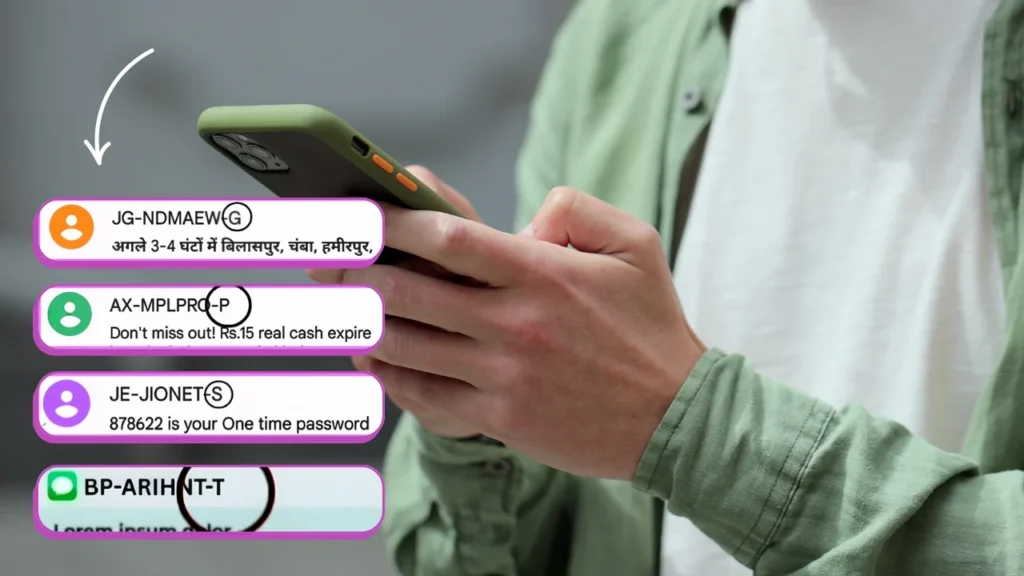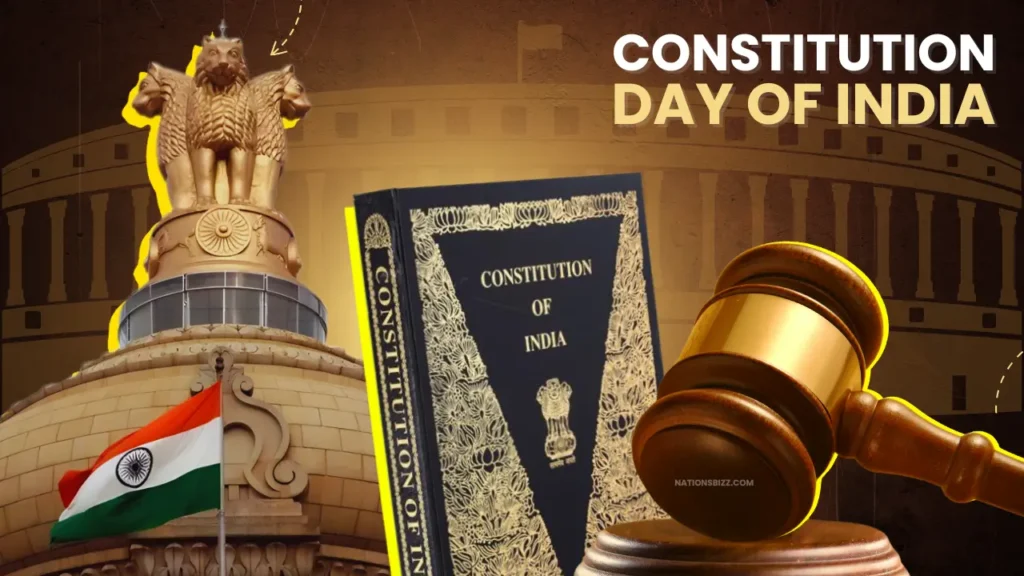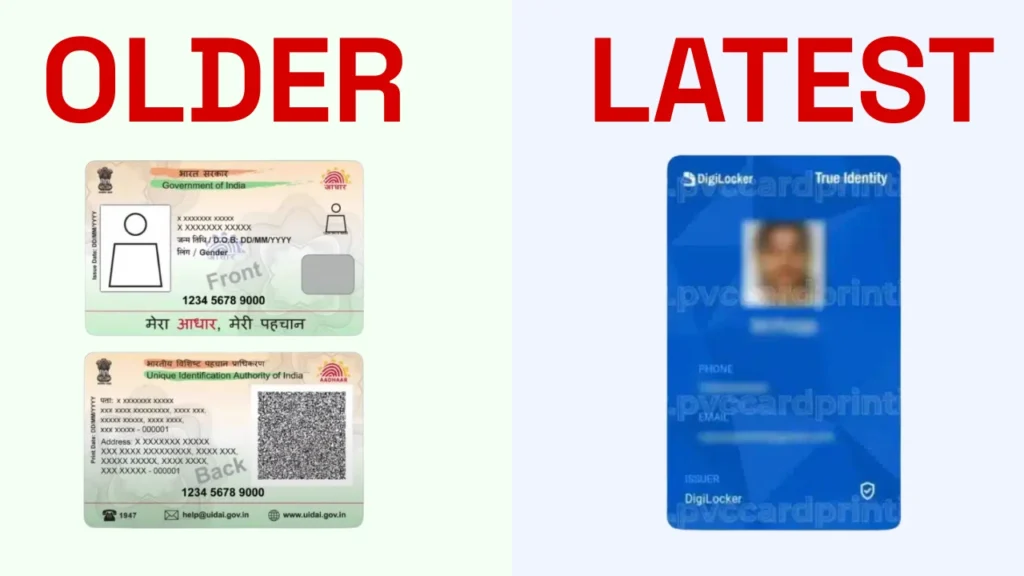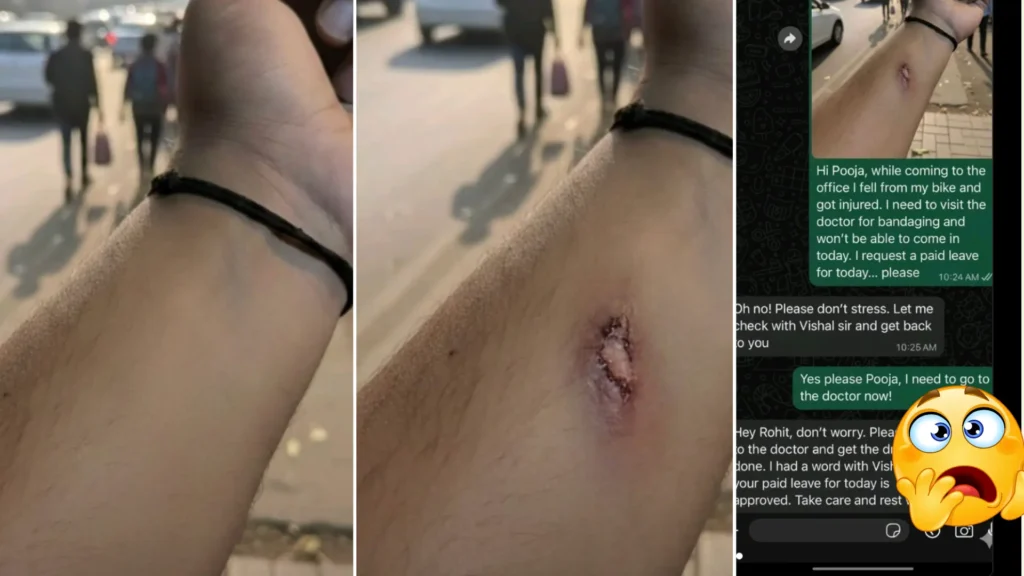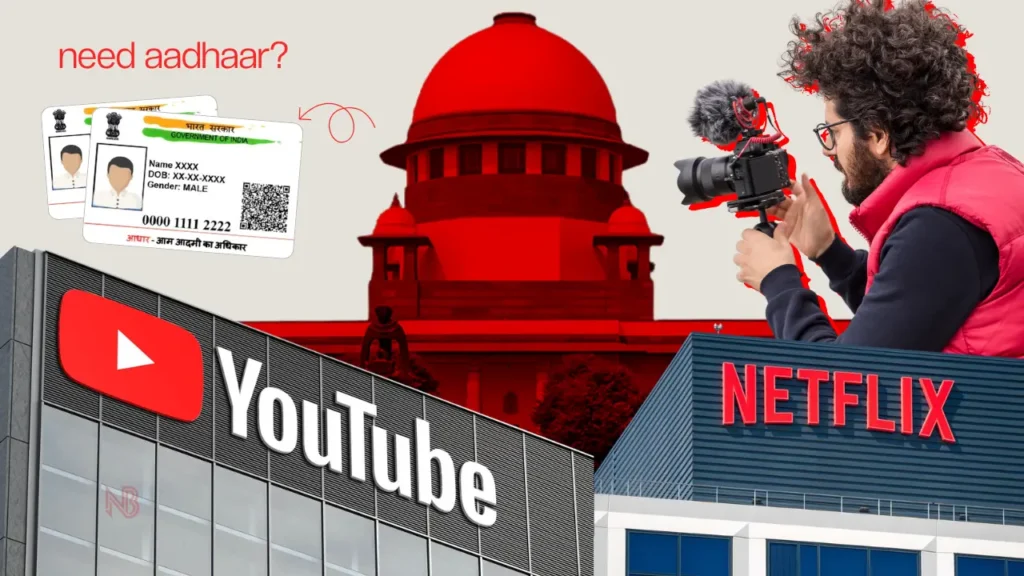TRAI introduced a new regulation that makes SMS headers more transparent and traceable. Every message now ends with a single letter – P, T, S or G – and that letter reveals the category of message. This change is part of India’s larger move to block fraud, spam, and SMS-based scams.
Know the Code: What ‘P’, ‘T’, ‘S’, and ‘G’ Mean
If a message ends with P, it means the message is promotional. These are the kinds of texts you get from brands offering discounts, sales, or app downloads. Anything meant for marketing or sales ends with P.
T stands for transactional messages. These include banking alerts, debit-credit updates, or any system-generated message involving a completed action. It also includes one-time passwords and secure payment updates.
S indicates a service message. This is for reminders, service updates, or ongoing communications from apps, banks or institutions. For example, a message reminding you of a bill payment or an active subscription would fall here.
G is reserved for government alerts. These are messages from official departments or authorities like weather alerts, policy updates, or public service notices.
What this really means is you can now identify the purpose of a message before even reading it fully. It gives a first layer of protection against SMS fraud. If a bank OTP comes with a P suffix, that’s a red flag. Similarly, if someone claims to be a government office but the message ends with S, you know it is likely fake.
TRAI’s new Digital Ledger Technology (DLT) platform makes it mandatory for companies to register their SMS templates and sender names. That registration ensures that scammers cannot just randomly add these suffixes to fool people. Only verified companies and institutions can send messages with approved codes.
But here is the thing scammers always try new tricks. Just because a message has a proper suffix doesn’t mean it is safe. People should still avoid clicking on suspicious links, and instead, check any important information directly through apps or official websites.

